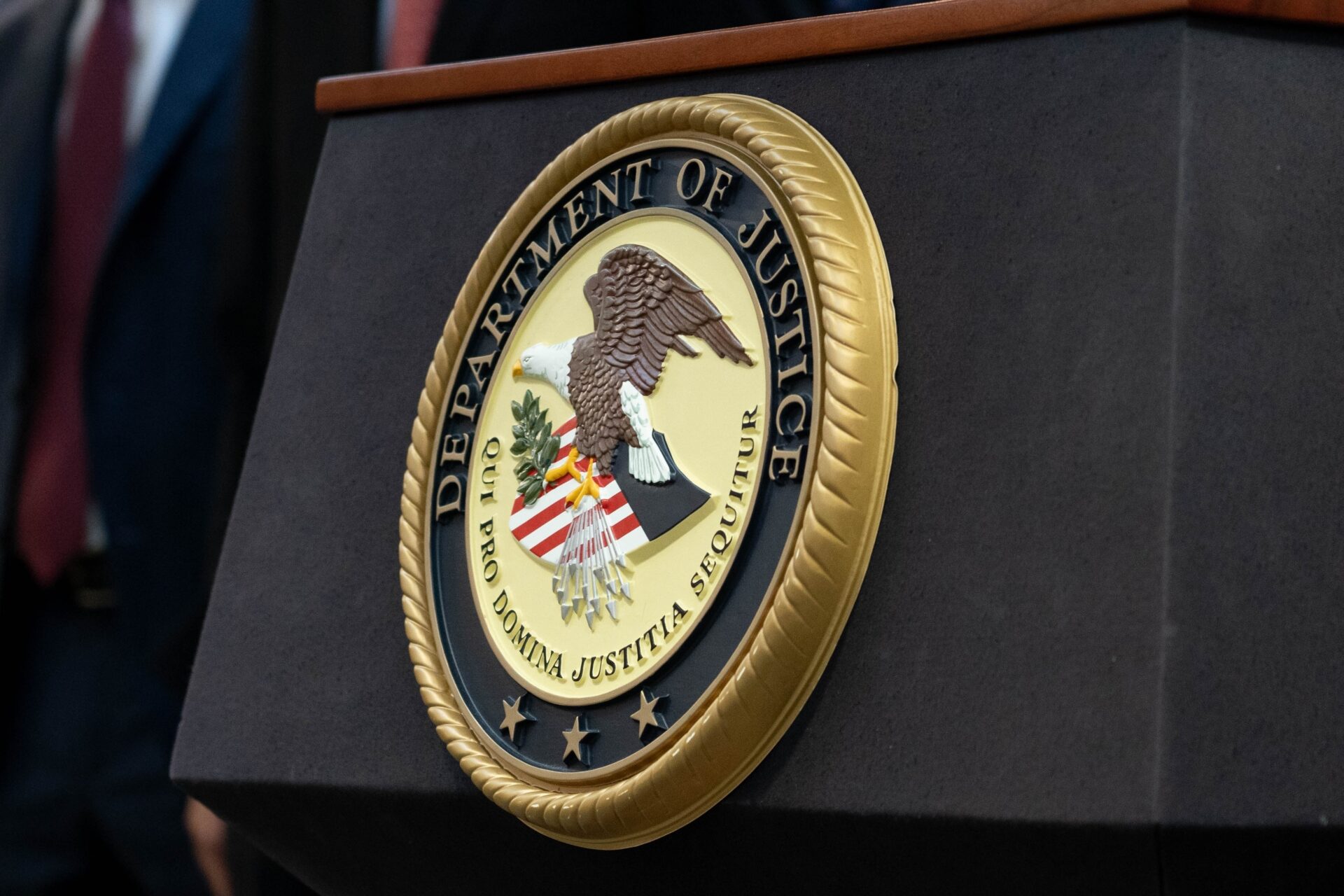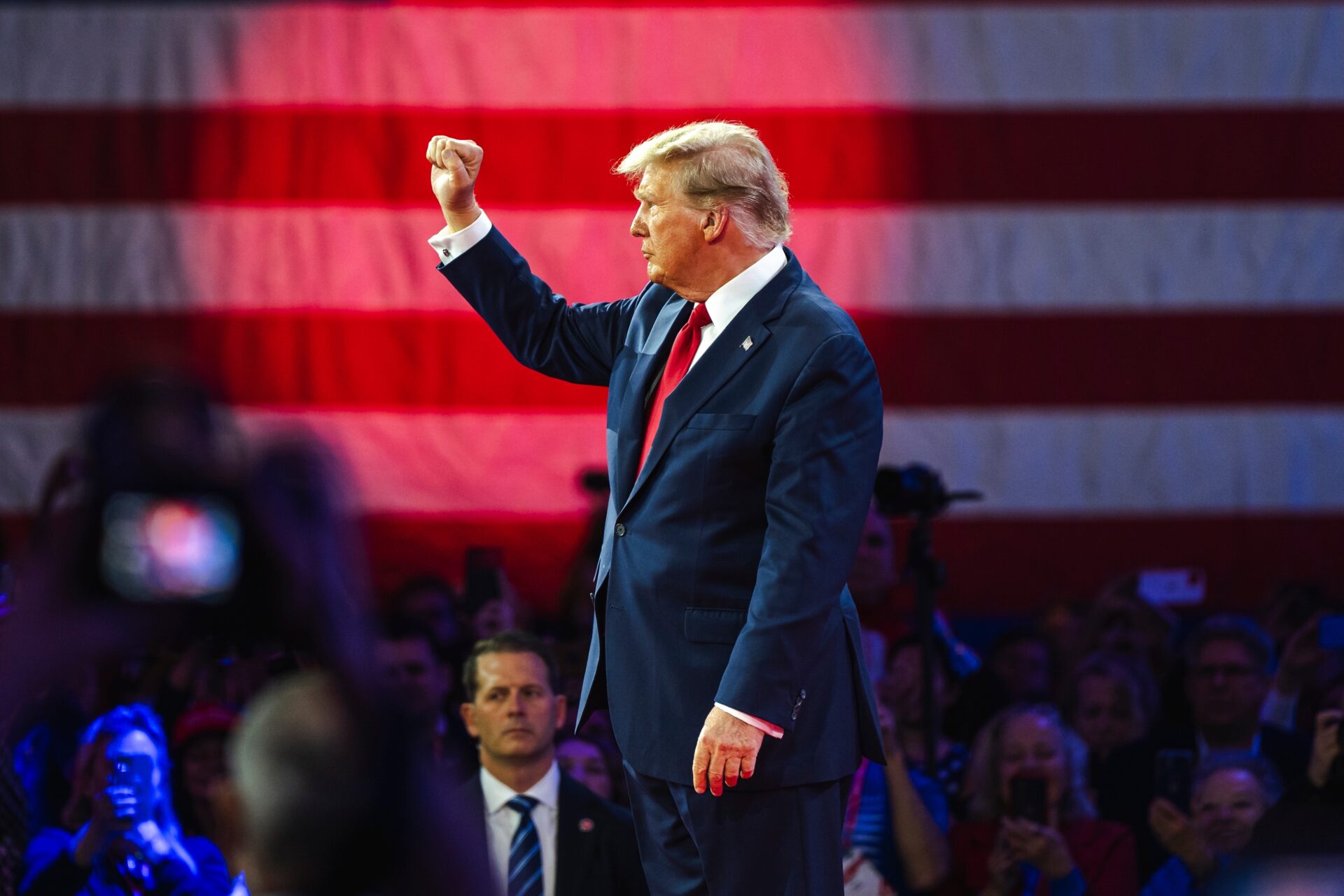An intense debate unfolds over the participation of transgender athletes in school sports, placing Title IX under scrutiny.
At a Glance
- Transgender athlete A.B. Hernandez excels in California state championships.
- The Trump administration threatens to withhold federal funds from California over Title IX violations.
- California defends its stance, allowing transgender athletes to compete according to gender identity.
- Attorney Julie Hamill advocates for fairness and legal compliance in sports.
The Controversy on CNN
On CNN, attorney Julie Hamill and anchor Brianna Keilar discussed the charged topic of transgender athletes competing in school sports. The dispute centers on A.B. Hernandez, a transgender athlete, and how their participation aligns or conflicts with Title IX. The Trump administration contends that California’s allowance for such participation violates federal law, threatening to withdraw funding. In the CNN debate, Hamill argues for the observance of federal law, stressing the need for competing categories reflecting biological sex to maintain fairness.
Hernandez, a junior, displayed exceptional ability during state championship preliminaries, emphasizing the core argument of fairness. The involvement of Title IX, initially designed to ensure equality in education, brings to light differing interpretations. Hamill suggests establishing a separate category for transgender athletes, reflecting a potential resolution offered during the discussion.
Legal and Policy Implications
The controversy gained momentum following threats from the Trump administration to withhold regulatory funds unless California revises its policies on transgender sports participation. Governor Gavin Newsom has labeled the situation as unfair while standing by the state’s legal stance. Amid these discussions, Keilar raises questions about the broader impact on student-athletes by potentially missing out on important federal resources.
Despite legal pressures, California persists in establishing a fair system. The California Interscholastic Federation piloted a rule to allow additional cisgender girls into finals to mitigate concerns. Hamill emphasized California must comply with federal mandates for financial eligibility. In the face of differing opinions on Title IX, clear federal guidelines are necessary.
Scientific and Ethical Dimensions
Keilar contends with the complex landscape of fairness concerning sports competition between biological males and females. Calling for greater scientific insight, Keilar underlines the necessity of more research to reach consensus. In contrast, Hamill points out the harm of medical interventions for young transgender individuals, asserting the importance of dialogue without fear of labeling as bigots or transphobes. This discussion taps into broader societal debates on the intersection between legal, ethical, and biological considerations in sports.
In closing, the discussion between Hamill and Keilar exemplifies the complex, multifaceted issues at play regarding transgender athletes in school sports. Striking a balance between inclusivity and fairness, while ensuring adherence to federal laws like Title IX, proves a formidable challenge. As debates continue, the question remains: how best to ensure fairness, compliance, and inclusivity in this evolving arena.







